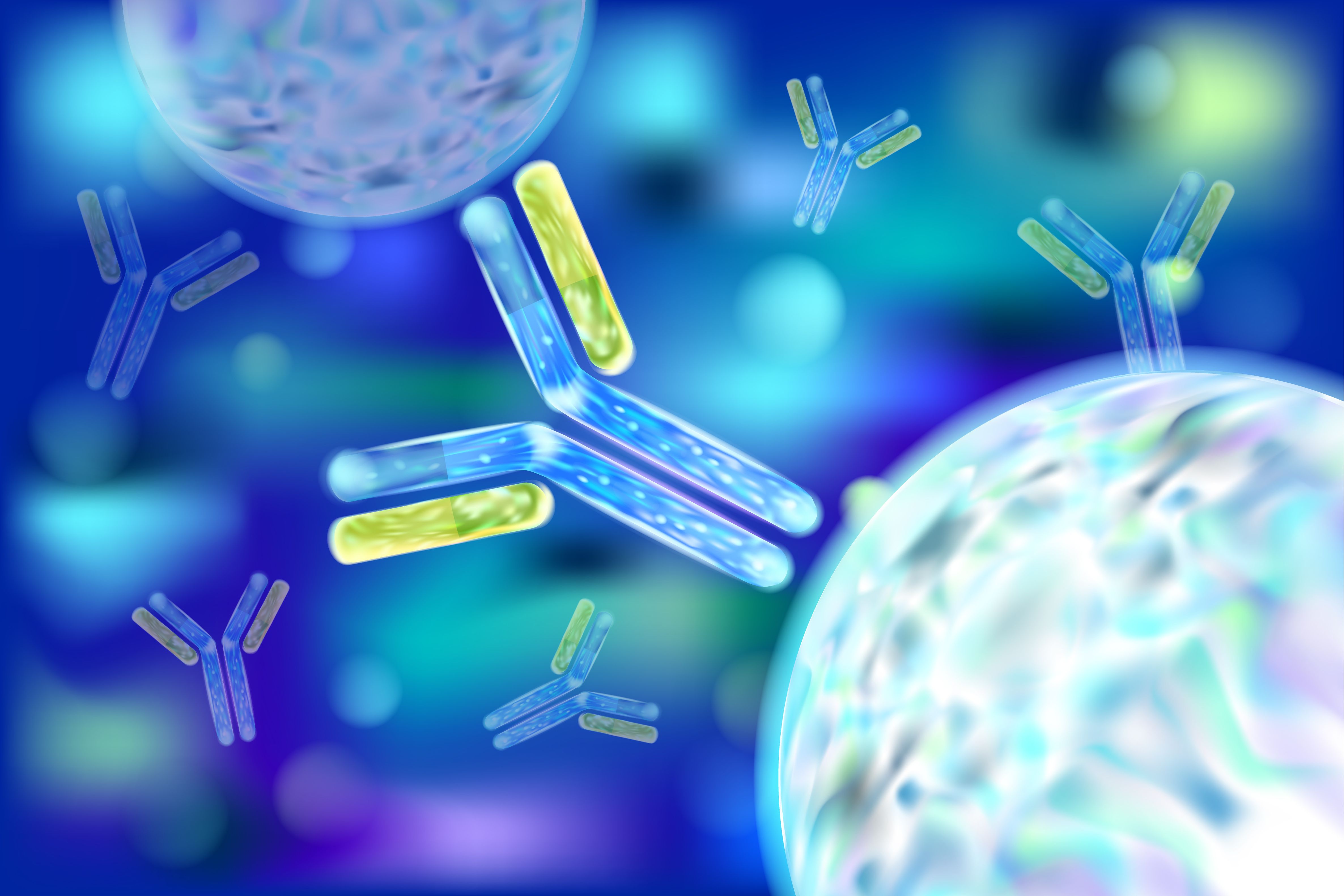Article
Genes, the Environment, and Autoimmune Disease
There is building consensus that multiple sclerosis and rheumatoid arthritis display similar autoimmune genetic pathways.
David Hafler, MD, chairman of the Department of Neurology at the Yale School of Medicine, spoke of exciting times in the field of genome-wide association study (GWAS)—specifically speaking to neurology, genetics, the environment, and the autoimmune response.
Using GWAS, there is building consensus that multiple sclerosis (MS) and rheumatoid arthritis (RA) display similar autoimmune genetic pathways. GWAS clearly shows that RA and MS are genetically mediated autoimmune reactions to clonal expansions of autoreactive T cells that trigger overexpression of B-cells and macrophages that then suppress regulatory T cells. Scientists have been able to create models of the reaction validated by therapies.
MS, RA, and lupus have low odd ratios of 1.0 or 1.2, leaving many scientists to metaphorically scratch their heads and question how this low odd ratio can be so problematic. The answer appears to be in the interaction of phenotypes and the environment. Each variant has a small effect and interactions with the environment magnify disease presentation.
Hafler and colleagues studied more than 14,000 cases of MS and 23,000 controls and looked for rare combinations of events. What emerged was a small group that was able to provide enough information to suggest casual variance, with scientists now able to tell what cell types cause immune diseases. It appears that every time there is an open chromosome that hits H3K27ac there is greater potential for disease presentation.
The data is in the public domain.
Variation drives the risk of disease. For example, Hafler described the incidence of autoimmune disease as epidemic. Smoking is a risk factor for MS only with the carrier who has the SNP positional variant. For those carriers, smoking increases the risk of disease presentation by five times; for carriers without the genomic variant, the risk is minimal. Vitamin D deficiency is an independent risk factor for MS and variation drives that risk.
Hafler discussed studies of the effect of sodium chloride, salt, on the immuno-response. Salt appears to induce regulatory T cell suppression. Scientists who effectively block the pathways of salt can restore function of regulatory T cells. The effect of salt and the counter activity of blocking salt shows promise with in vivo studies as well as assay studies. The in vivo conditions studied high salt diet in animals with encephalomyelitis. Animals with a higher salt exacerbation in their diet died much faster than animals with lower salt intakes.
Countering doubts that a high salt cell cannot be created from diet, Hafler stated that it is the small intestine that mediates the effect of salt in the gut. Hafler pointed out that salt is part of an ancient stress response. It is clear, he stated, that scientists will need to look at multiple time points in the salt signature to understand its effect and to concurrently study the range of carrier genetic variance.
The overarching message is that understanding genetic variation in response to therapy critical will be critical in treating autoimmune disease.
To date the genetic research has not translated to clinical practice. There are drugs with tremendous promise that are expected to be available soon. By focusing on B cells, some drugs, Hafler said, are showing a 98% decrease in new lesions in disease-specific target studies. Currently, when a patient presents with illness it is harder to target the intervention.






